Effect of Bleaching on Surface Roughness of Universal Composite Resins After Chlorhexidine-Induced Staining
Abstract
1. Introduction
2. Materials and Methods
Statistical Analysis
3. Results
- Comparison of surface roughness after discolouring compared to control group: The highest surface roughness was found for Optishade. This was followed by the Clearfill composite resin, while the Omnichroma group showed the lowest surface roughness value.
- Comparison of the surface roughness after bleaching with the control group: The Optishade composite resin showed the highest surface roughness value. The lowest surface roughness value was found for the Clearfill composite resin.
- Comparison of surface roughness after discolouration with surface roughness after bleaching: The Clearfill composite resin showed the highest surface roughness value. This was followed by the Omnichroma composite resin and the Optishade composite resin, which displayed the lowest value.
4. Discussion
5. Conclusions
- In line with the findings obtained as a result of the in vitro study, higher surface roughness values after bleaching are seen in the conventional composite resins, and thus universal composite resins should be preferred, especially in anterior aesthetic areas.
- Since the surface roughness value after chlorhexidine discolouration is seen to increase for the Optishade composite resin, it should be noted that universal composite resins used in aesthetic areas may need more stringent maintenance, or other composite resins may be preferred.
- Considering the destruction of composite resin restorations after bleaching, restoration renewal may need to be considered.
- The use of chlorhexidine mouthwashes should be carefully considered and the duration of use should be determined according to the presence of restoration in the mouth. It may not be as effective with inappropriate use.
- In order to support this study, experiments with different bleaching agents followed by a combination of CHX mouthwashes with different grain contents and finishing and polishing types are needed.
Funding
Institutional Review Board Statement
Informed Consent Statement
Data Availability Statement
Conflicts of Interest
References
- Tolotti, T.; Sesma, N.; Mukai, E. Evolution of the Guided Direct Composite Resin Technique in Restorative Dentistry: A Systematic Review. J. Esthet. Restor. Dent. 2024, 37, 902–919. [Google Scholar] [CrossRef] [PubMed]
- Dionysopoulos, D.; Gerasimidou, O. Wear of contemporary dental composite resin restorations: A literature review. Restor. Dent. Endod. 2021, 46, e18. [Google Scholar] [CrossRef] [PubMed]
- Paolone, G.; Formiga, S.; De Palma, F.; Abbruzzese, L.; Chirico, L.; Scolavino, S.; Goracci, C.; Cantatore, G.; Vichi, A. Color stability of resin-based composites: Staining procedures with liquids—A narrative review. J. Esthet. Restor. Dent. 2022, 34, 865–887. [Google Scholar] [CrossRef] [PubMed]
- Ertürk-Avunduk, A.T.; Aksu, S.; Delikan, E. The effects of mouthwashes on the color stability of resin-based restorative materials. Odovtos-Int. J. Dent. Sci. 2021, 23, 91–102. [Google Scholar] [CrossRef]
- de Morais Sampaio, G.A.; Peixoto, L.R.; de Vasconcelos Neves, G.; do Nascimento Barbosa, D. Effect of mouthwashes on color stability of composite resins: A systematic review. J. Prosthet. Dent. 2021, 126, 386–392. [Google Scholar] [CrossRef]
- Bozoğulları, H.N.; Büyükerkmen, E.B.; Büyüközer Özkan, H. Comparison of surface roughness and color stability of different denture characterizing composite resins: The effect of different surface treatments. J. Prosthodont. 2023, 32, 53–60. [Google Scholar] [CrossRef]
- Moda, M.D.; Godas, A.G.D.L.; Fernandes, J.C.; Suzuki, T.Y.; Guedes, A.P.A.; Briso, A.L.; Bedran-Russo, A.K.; Dos Santos, P.H. Comparison of different polishing methods on the surface roughness of microhybrid, microfill, and nanofill composite resins. J. Investig. Clin. Dent. 2018, 9, e12287. [Google Scholar] [CrossRef]
- Hussain, S.K.; Al-Abbasi, S.W.; Refaat, M.M.; Hussain, A.M. The effect of staining and bleaching on the color of two different types of composite restoration. J. Clin. Exp. Dent. 2021, 13, e1233. [Google Scholar] [CrossRef]
- Schmitt, V.L.; Puppin-Rontani, R.M.; Naufel, F.S.; Ludwig, D.; Ueda, J.K.; Sobrinho, L.C. Effect of finishing and polishing techniques on the surface roughness of a nanoparticle composite resin. Braz. J. Oral Sci. 2011, 10, 105–108. [Google Scholar]
- Brookes, Z.L.; Belfield, L.A.; Ashworth, A.; Casas-Agustench, P.; Raja, M.; Pollard, A.J.; Bescos, R. Effects of chlorhexidine mouthwash on the oral microbiome. J. Dent. 2021, 113, 103768. [Google Scholar] [CrossRef]
- Brookes, Z.L.; Bescos, R.; Belfield, L.A.; Ali, K.; Roberts, A. Current uses of chlorhexidine for management of oral disease: A narrative review. J. Dent. 2020, 103, 103497. [Google Scholar] [CrossRef] [PubMed]
- Hamdy, T.M.; Abdelnabi, A.; Othman, M.S.; Bayoumi, R.E.; Abdelraouf, R.M. Effect of different mouthwashes on the surface microhardness and color stability of dental nanohybrid resin composite. Polymers 2023, 15, 815. [Google Scholar] [CrossRef] [PubMed]
- Goyal, K.; Saha, S.G.; Bhardwaj, A.; Saha, M.K.; Bhapkar, K.; Paradkar, S. A comparative evaluation of the effect of three different concentrations of in-office bleaching agents on microhardness and surface roughness of enamel—An in vitro study. Dent. Res. J. 2021, 18, 49. [Google Scholar] [CrossRef]
- Hubbezoglu, I.; Akaoglu, B.; Dogan, A.; Keskin, S.; Bolayir, G.; Özçelik, S.; Dogan, O.M. Effect of bleaching on color change and refractive index of dental composite resins. Dent. Mater. J. 2008, 27, 105–116. [Google Scholar] [CrossRef]
- Gul, P.; Harorlı, O.T.; Ocal, I.B.; Ergin, Z.; Barutcigil, C. Color recovery effect of different bleaching systems on a discolored composite resin. Niger. J. Clin. Pract. 2017, 20, 1226–1232. [Google Scholar] [CrossRef]
- Gürgan, S.; Önen, A.; Köprülü, H. In vitro effects of alcohol-containing and alcohol-free mouthrinses on microhardness of some restorative materials. J. Oral Rehabil. 1997, 24, 244–246. [Google Scholar] [CrossRef]
- Faul, F.; Erdfelder, E.; Buchner, A.; Lang, A.-G. Statistical power analyses using G*Power 3.1: Tests for correlation and regression analyses. Behav. Res. Methods 2009, 41, 1149–1160. [Google Scholar] [CrossRef]
- Cohen, J. Statistical Power Analysis for the Behavioral Sciences; Lawrence Erlbaum Associates: Hillsdale, NJ, USA, 1988; pp. 77–83. [Google Scholar]
- da Silva, T.M.; Dantas, D.C.B.; Franco, T.T.; Franco, L.T.; Huhtala, M.F.R.L. Surface degradation of composite resins under staining and brushing challenges. J. Dent. Sci. 2019, 14, 87–92. [Google Scholar] [CrossRef]
- Aytac, F.; Karaarslan, E.Ş.; Agaccıoglu, M.; Taştan, E.; Buldur, M.; Kuyucu, E. Effects of novel finishing and polishing systems on surface roughness and morphology of nanocomposites. J. Esthet. Restor. Dent. 2016, 28, 247–261. [Google Scholar] [CrossRef]
- Hosoya, Y.; Shiraishi, T.; Odatsu, T.; Nagafuji, J.; Kotaku, M.; Miyazaki, M.; Powers, J.M. Effects of polishing on surface roughness, gloss, and color of resin composites. J. Oral Sci. 2011, 53, 283–291. [Google Scholar] [CrossRef]
- Markovic, L.; Jordan, R.A.; Glasser, M.C.; Arnold, W.H.; Nebel, J.; Tillmann, W.; Ostermann, T.; Zimmer, S. Effects of bleaching agents on surface roughness of filling materials. Dent. Mater. J. 2014, 33, 59–63. [Google Scholar] [CrossRef] [PubMed]
- Karataş, Ö.; Gül, P.; Akgül, N.; Çelik, N.; Gündoğdu, M.; Yeşil Duymuş, Z.; Seven, N. Effect of staining and bleaching on the microhardness, surface roughness and color of different composite resins. Dent. Med. Probl. 2021, 58, 369–376. [Google Scholar] [CrossRef] [PubMed]
- Popescu, A.D.; Tuculina, M.J.; Diaconu, O.A.; Gheorghiță, L.M.; Nicolicescu, C.; Cumpătă, C.N.; Petcu, C.; Abdul-Razzak, J.; Rîcă, A.M.; Voinea-Georgescu, R. Effects of dental bleaching agents on the surface roughness of dental restoration materials. Medicina 2023, 59, 1067. [Google Scholar] [CrossRef] [PubMed]
- Rodrigues, J.A.; França, F.M.G. Surface roughness evaluation and shade changes of a nanofilled resin composite after bleaching and immersion in staining solutions. Am. J. Dent. 2011, 24, 245–249. [Google Scholar]
- Singh, I.; Kalyan, S.S.; Gupta, R.K.; Lone, P.; Chandarani, S. Spectrophotometric analysis of color stability of esthetic restorative material in chlorhexidine mouthwash: An in vitro study. J. Conserv. Dent. Endod. 2022, 25, 621–624. [Google Scholar] [CrossRef]
- Yilmaz, E.; Mujdeci, A. The effect of mouthrinses on surface roughness of two nanohybrid resin composites. Braz. Dent. Sci. 2021, 24, 1–10. [Google Scholar] [CrossRef]
- Trauth, K.G.S.; Godoi, A.P.T.D.; Colucci, V.; Corona, S.A.M.; Catirse, A.B.C.E.B. The influence of mouthrinses and simulated toothbrushing on the surface roughness of a nanofilled composite resin. Braz. Oral Res. 2012, 26, 209–214. [Google Scholar] [CrossRef]
- Urbano, C.D.; Abrahão, A.L.S.; Lancellotti, A.C.; de Menezes-Oliveira, M.A.H.; Calabrez, S.; de Souza Gonçalves, L. Effect of mouthrinses on surface roughness and of a nanofilled restorative composite. Braz. Dent. Sci. 2014, 17, 92–97. [Google Scholar] [CrossRef]
- Gömleksiz, S.; Gömleksiz, O. The effect of contemporary finishing and polishing systems on the surface roughness of bulk fill resin composite and nanocomposites. J. Esthet. Restor. Dent. 2022, 34, 915–923. [Google Scholar] [CrossRef]
- Dulger, K.; Purcek, G. Effect of contemporary polishing systems on hardness and roughness of one-shaded dental composites. J. Aust. Ceram. Soc. 2024. ahead of print. [Google Scholar] [CrossRef]
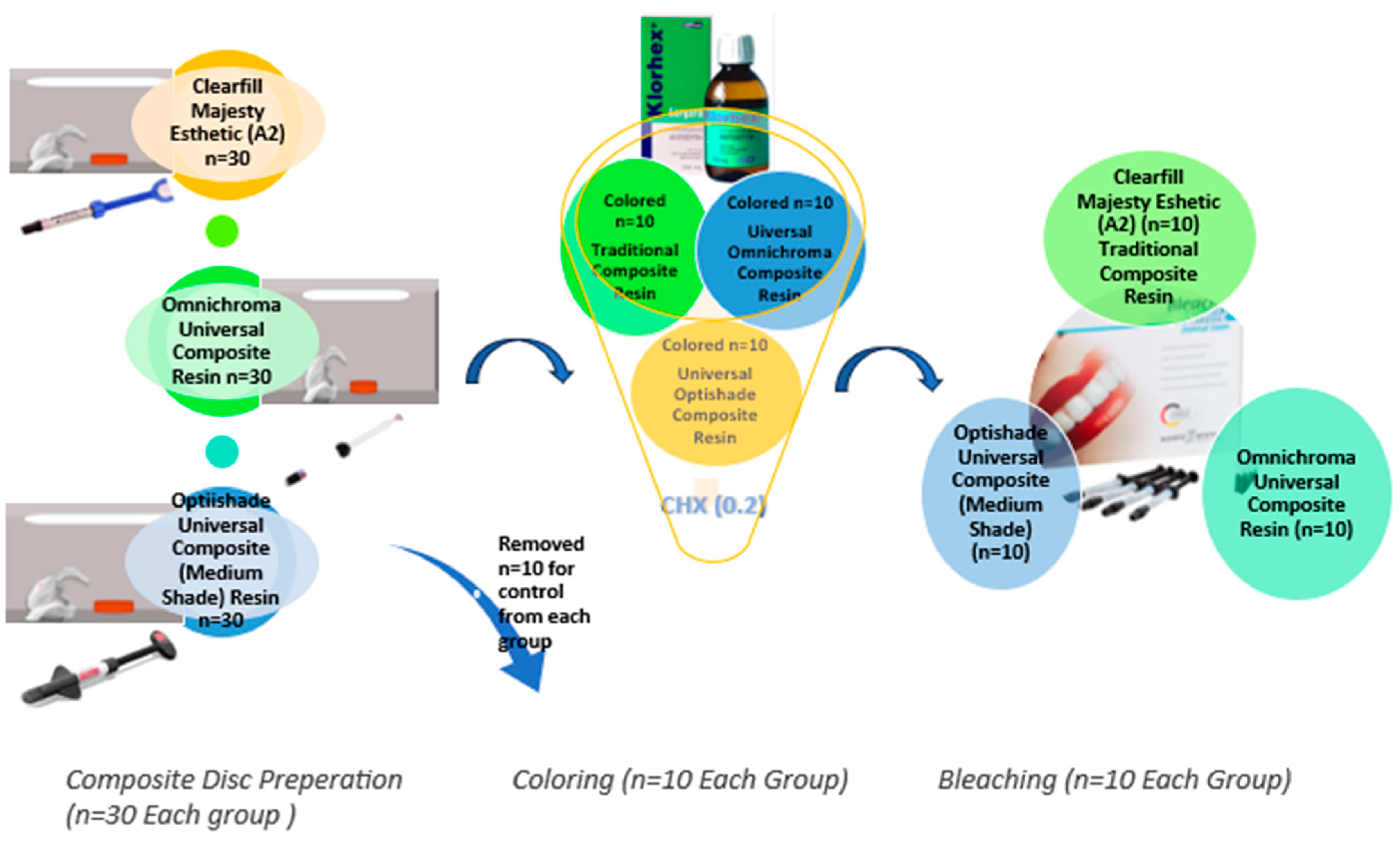
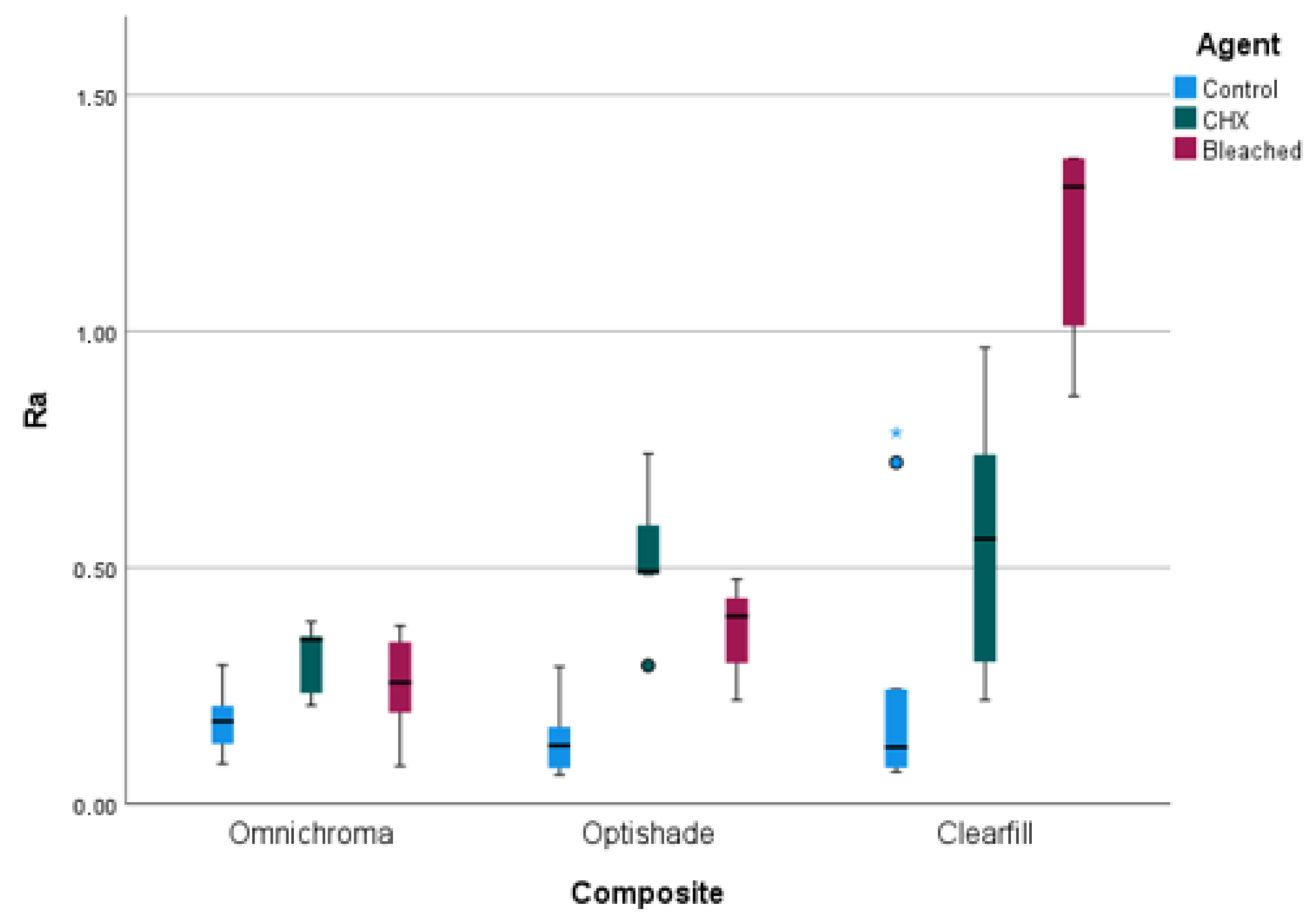
| Control | CHX | Bleached | |
|---|---|---|---|
| Ort. ± S.D | Ort. ± S.D | Ort. ± S.D | |
| Omnichroma | 0.1779 ± 0.0655 (0.1751) | 0.3063 ± 0.0792 (0.3477) | 0.2533 ± 0.0934 (0.257) |
| Optishade | 0.1337 ± 0.072 (0.1238) | 0.5204 ± 0.1637 (0.492) | 0.3654 ± 0.1046 (0.3971) |
| Clearfill | 0.2442 ± 0.2737 (0.1203) | 0.5581 ± 0.2973 (0.5613) | 2.569 ± 3.2097 (1.3056) |
| Test Statistic/p | Test Statistic/p | Test Statistic/p | |
| Between CHX Groups | 4.748 †/0.019 * | 23.133 †/<0.001 * | 13.610/0.001 * |
| Between Composite Groups | 2.495/0.287 * | 2.186 †/0.152 * | 12.643/0.002 * |
| Omnichroma | ||
| Control | CHX | Bleached |
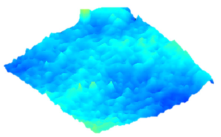 | 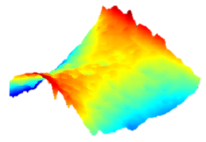 | 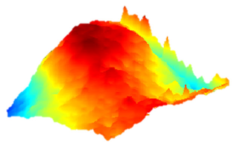 |
| Optishade | ||
| Control | CHX | Bleached |
 | 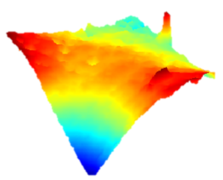 | 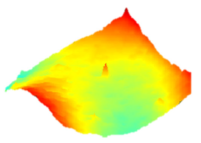 |
| Clearfill | ||
| Control | CHX | Bleached |
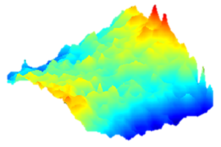 |  | 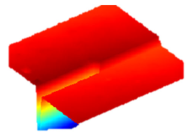 |
 | ||
| Omnichroma | ||
| Control | CHX | Bleached |
 | 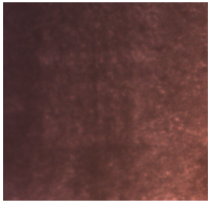 | 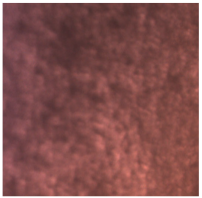 |
| Optishade | ||
| Control | CHX | Bleached |
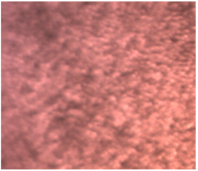 | 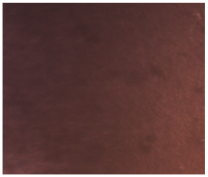 | 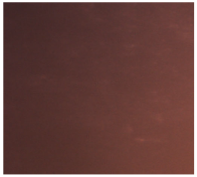 |
| Clearfill | ||
| Control | CHX | Bleached |
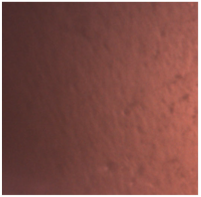 |  |  |
Disclaimer/Publisher’s Note: The statements, opinions and data contained in all publications are solely those of the individual author(s) and contributor(s) and not of MDPI and/or the editor(s). MDPI and/or the editor(s) disclaim responsibility for any injury to people or property resulting from any ideas, methods, instructions or products referred to in the content. |
© 2025 by the author. Licensee MDPI, Basel, Switzerland. This article is an open access article distributed under the terms and conditions of the Creative Commons Attribution (CC BY) license (https://creativecommons.org/licenses/by/4.0/).
Share and Cite
Aksoy Vaizoğlu, G. Effect of Bleaching on Surface Roughness of Universal Composite Resins After Chlorhexidine-Induced Staining. Dent. J. 2025, 13, 277. https://doi.org/10.3390/dj13070277
Aksoy Vaizoğlu G. Effect of Bleaching on Surface Roughness of Universal Composite Resins After Chlorhexidine-Induced Staining. Dentistry Journal. 2025; 13(7):277. https://doi.org/10.3390/dj13070277
Chicago/Turabian StyleAksoy Vaizoğlu, Gözde. 2025. "Effect of Bleaching on Surface Roughness of Universal Composite Resins After Chlorhexidine-Induced Staining" Dentistry Journal 13, no. 7: 277. https://doi.org/10.3390/dj13070277
APA StyleAksoy Vaizoğlu, G. (2025). Effect of Bleaching on Surface Roughness of Universal Composite Resins After Chlorhexidine-Induced Staining. Dentistry Journal, 13(7), 277. https://doi.org/10.3390/dj13070277






